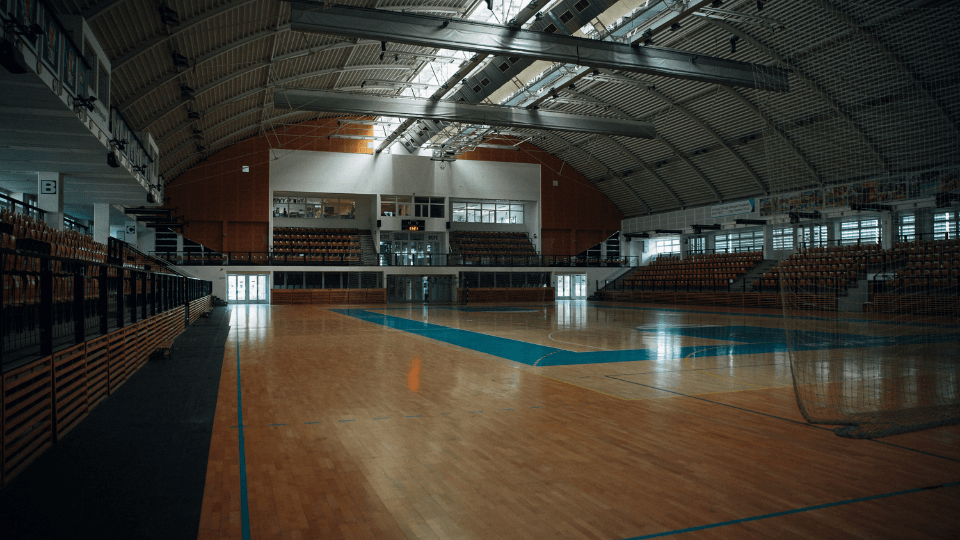Back as a first year PE teacher and high school strength coach, one thing that surprised me most was the inability of many students and athletes to jump rope. I had assumed that jumping rope was a universal skill kids picked up along the way during childhood. Turns out, that’s not necessarily the case. Again and again, I ran into kids who had serious trouble performing this basic plyometric movement and were embarrassed enough by the inability that they would avoid the movement altogether.
Jumping rope is an extremely valuable tool for athletics and basic healthy living alike. It promotes full body proprioception (or body control), develops simple plyometric ability, promotes proper soft mid-to-forefoot strike, does wonders for the ankle and shoulder joints over time, and can be used for metabolic conditioning. It’s also a movement that can be practiced anywhere, by anyone. Given these benefits, it behooves us to teach all of our charges how to jump rope with consistency and efficiency.
The first step in teaching it to new athletes, is finding an appropriate length rope. When placed under one foot and held up along the body, both handles should be roughly armpit height (from here, athletes will find their own personal sweet spot when it comes to rope length).
Once athletes have ropes in hand, our next step is grip and hand positioning. Instruct athletes to maintain a loose grip between the thumb and forefinger with the rest of the fingers “just along for the ride”. Hands should be held out from the body at roughly 45 degrees, at about waist height.
Then, we set up the swing. Make sure athletes avoid trying to move the rope with large shoulder circles. Movement should be limited to the wrist – elbows should be kept close to the torso. “Flick” the rope with snappy wrist action as opposed to shoulder circles.
Lastly, we focus on the jump. Our athletes should be instructed to hop lightly up and down on the mid-forefoot area. Feet and legs should remain together. Avoid piking the feet forward, or pulling them backwards in a semblance of a donkey kick.
In the end, the best way to learn is to try! Make sure students know that failing is an important part of reaching success and have at it!
Want to see how we can help you train your students & athletes? Request a free demo!
Teaching Jump Rope
Share this article:
Recent Posts
Interested if PLT4M can work at your school?
Follow Us!
At this HS, PE students can choose from a range of fitness activities - options like weightlifting, yoga, boxing, pilates, and bootcamp. Encouraging exploration & choice, it empowers them with the skills and confidence for a lifetime of health & wellness.

Student Choice in PE Leads To School-Wide Success
How does a school increase the motivation and excitement around physical education? Hutsonville does it by empowering student choice!
hubs.li
How does a high school Physical Education department transition from primarily a games-based program to a more fitness-focused curriculum?

Fitness-Focused Phys Ed At Hammond Central
After obtaining a grant to invest in curriculum and technology, Hammond Central has seen success with fitness-focused phys ed!
get.plt4m.com
With SEL playing a more prominent role in the crafting of physical education curriculum, how do you go about addressing mental health by way of emotion?

Lesson Plans On Emotions For Middle and High School Students
We discuss the importance of teaching social-emotional development in middle and high schools and provide 3 sample lesson plans on emotions.
hubs.li
How did one high school place students, with their own personal goals and choices, at the center of the approach to Physical Education?

Student-Centered Strength And Fitness Classes
Littlestown High School in Pennsylvania is seeing the positive results of student-centered learning in Strength and Fitness classes.
hubs.li
#SHAPECleveland TODAY at 3:15pm HCC Room 1 In #Pursuit of Better. @PLT4M @FocusedFitness2 @IHTSpirit Tech tools in #physicaleducation Make them work for your students! #PLT4M #IHTSpirit #FocusedFitness #qualitype
How does a High School create a year-round strength and conditioning program that addresses the complete picture of multi-sport athletes, to the benefit of all?

Total Athletic Development at Denmark High School
Denmark High School supports student-athletes total athletic development via year-round strength and conditioning. See how.
hubs.li




